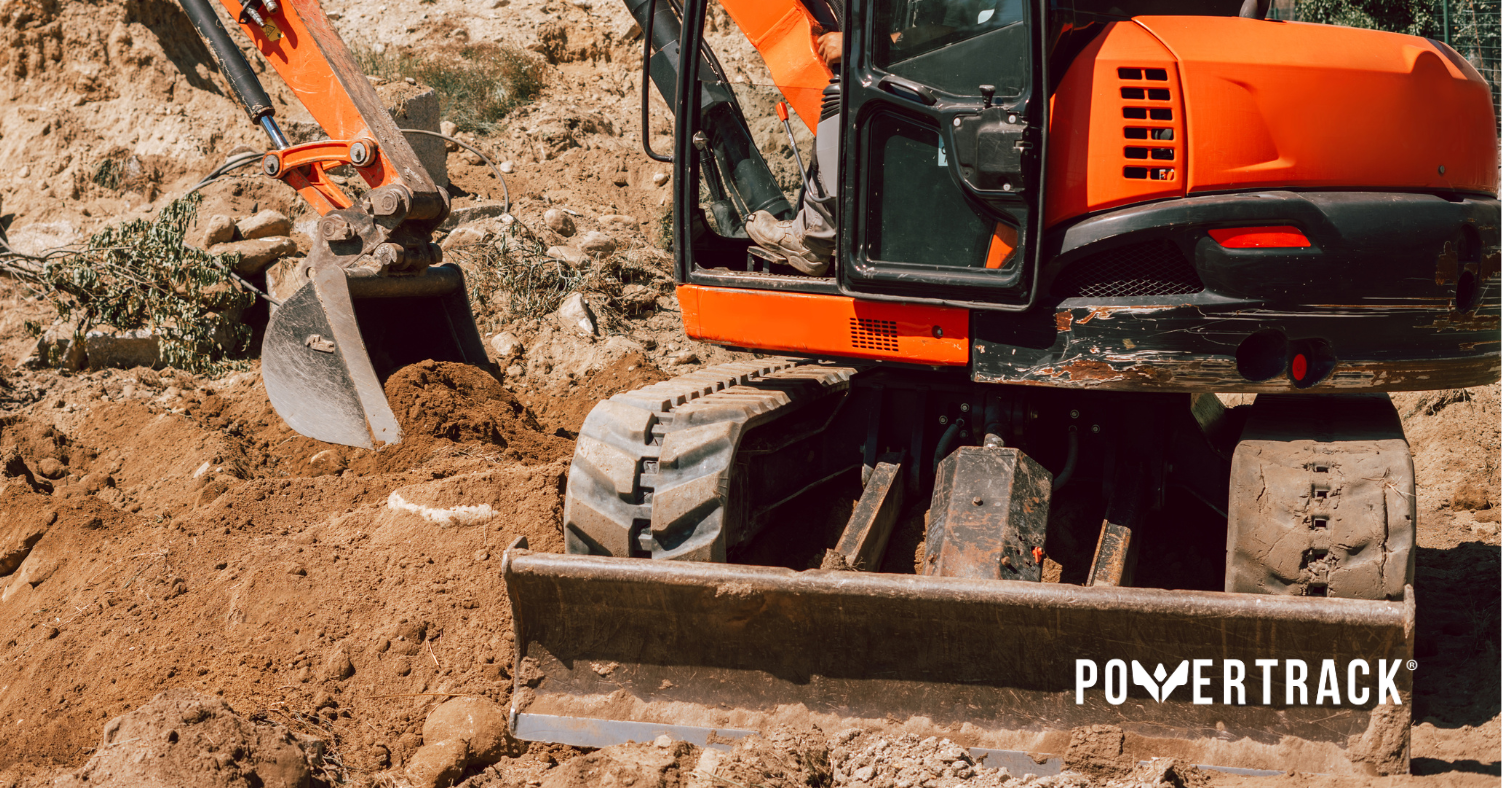The importance of replacing rubber tracks in pairs: reduced risk and increased efficiency.

Excavators and construction equipment operators know how crucial it is to keep equipment in optimal condition to ensure their safety and maximise work efficiency. As one of the essential parts of a mini excavator, rubber tracks play a key role in providing stability, traction and mobility over varying terrain. However, the importance of always replacing rubber tracks in pairs is often underestimated. In this article, we will explore the reasons why it is necessary, even essential, to replace rubber tracks in pairs and the risks associated with using differently worn tracks.
Rubber tracks: what is their function?
Rubber tracks are key components of mini-excavators. They provide a larger contact surface than conventional wheels, which results in an even distribution of the machine's weight, thus reducing impact on the ground and preventing soil damage. In addition, the rubber tracks provide excellent traction on slippery or soft ground, improving machine stability and manoeuvrability.
Pair Replacement: The Logic Behind the Choice
Replacing rubber tracks in pairs may seem like a high cost, but it is an essential practice for several reasons:
• Balance and Symmetry: Replacing both tracks at the same time maintains balance and symmetry in the machine. This is essential to avoid weight imbalances that could compromise stability and load distribution during operation.
• Uniform wear: Rubber tracks wear out over time due to friction and continuous use. Replacing both tracks together ensures even wear. Using differently worn tracks can lead to unbalanced traction and accelerated component deterioration.
• Optimal performance: new rubber tracks in good condition provide optimal performance in terms of traction, mobility and stability. Replacing just one of the tracks could compromise this performance, negatively affecting operational efficiency.
• Long-term savings: Although replacement in pairs may initially seem like a greater expense, in the long run this practice will prove to be a real investment as it significantly reduces maintenance costs. Rubber tracks in good condition require fewer repairs and guarantee a longer service life for the entire machine.
What are the risks associated with using differently worn tracks?
The use of differently worn rubber tracks can lead to a number of significant risks, including:
• Instability of the construction equipment: Rubber tracks with different wear can cause an imbalance in the weight distribution of the machine. This can lead to reduced stability during operation, increasing the risk of tipping or loss of control.
• Damage to the machine: differently worn tracks can affect the overall operation of the machine. Uneven tension on the tracks and structure can cause damage to internal parts of the crawler machine, requiring costly repairs.
• Compromised traction: Differentially worn tracks can reduce the machine's overall traction, especially in difficult terrain. This can limit the excavator's ability to move smoothly and complete the job efficiently.
• Increased Fuel Consumption: the use of differently worn rubber tracks may require more effort from the engine to compensate for deficiencies in traction. This can lead to increased fuel consumption and reduced energy efficiency.
• Compromised safety: Instability, reduced traction and the risk of damage to the machine can significantly affect the safety of the operator and anyone in the vicinity of the construction site.
Replacing rubber tracks in pairs is an essential practice to ensure the safety, stability and efficiency of tracked construction equipment. Balance, even wear and optimum performance are all benefits of this good practice. Using differently worn tracks can lead to significant risks, including instability, excessive wear, machine damage and compromised safety.
Operators should consider replacing rubber tracks in pairs for their tracked construction equipment not as an expense, but as an investment in the durability of the machine, its components and the safety of operations. Proper maintenance and attention to detail can make the difference between an efficient and safe construction site and one prone to costly inconvenience.

